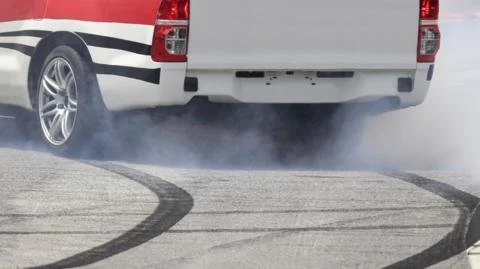Braking Into Change: Are Greener Brake Pads the Future or Just a Costly Trend?
Garage owner Kevan Gibbons reflects on his 45 years in the motor trade, noting stark changes in car sizes, driving habits, and the wear on brakes led by heavier vehicles and urban driving styles. As brake dust becomes a significant source of non-exhaust emissions, the EU prepares to enforce Euro 7 regulations in 2024 that will limit these emissions for new vehicles.
According to EIT Urban Mobility, brake wear is now a leading contributor to city pollution, with research showing that brake dust can be more harmful than diesel exhaust. The article discusses how electric vehicles (EVs) produce no tailpipe emissions and have significantly reduced brake wear due to regenerative braking systems, though some friction braking is still necessary.
To comply with new regulations, manufacturers are exploring two main strategies for reducing brake emissions:
Applying coatings to strengthen brake discs, minimizing wear.
2. Modifying the composition of brake pads to utilize lower-wear materials.
Different regions have adapted various brake pad materials, with Europe favoring low-steel pads for responsiveness, while North America and East Asia prefer non-asbestos organic pads for smooth driving over longer distances.
Some companies, like Brembo and Tenneco, are already creating copper-free products that significantly reduce emissions. For instance, Brembo’s Greentell brake set achieves up to 90% reduction in PM10 emissions through advanced manufacturing processes like laser metal deposition. Meanwhile, Tenneco claims its Fuse+ brake pads cut PM10 emissions by 60% using innovative friction materials.
The article highlights the importance of addressing the toxicity of brake pad components, particularly since substances like asbestos and copper are linked to health risks. The EU currently bans asbestos, while California has tighter restrictions on copper.
With Euro 7, the focus may prompt a resurgence of drum brakes, which generate less wear compared to disc brakes and contain brake particles more effectively. However, they may face challenges in terms of durability under high heat.
While reducing brake emissions may initially lead to higher costs for manufacturers in terms of materials and testing required for compliance, there is a potential for economic benefits in terms of improved public health and air quality. Gibbons notes that drivers in regions without regulatory limits may prioritize cost over environmental concerns. Yet, mobility experts like Adriana Diaz believe these regulations are a crucial step toward enhancing urban air quality, though she acknowledges that broader solutions—like redesigning urban spaces to decrease driving—are essential for long-term improvement.

